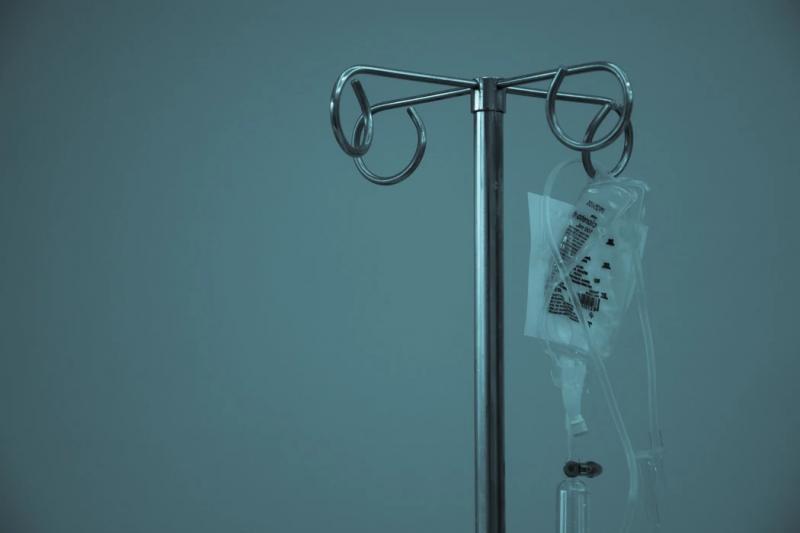Common Fraud in The HealthCare Industry And How To Avoid It

Fraud operators relied on inventive schemes such as forgery, bribery, fake patients, and false billings to benefit financially from administrative vulnerabilities in public services such as Medicare and Medicaid.
Falsifying Claims
Incorrect insurance schemes accounted for 25.5% of providers' fraud cases last year, which typically include the use of which identification of fraudulent healthcare professionals.
A Medicare Strike Force unit found an $11 million healthcare fraud and abuse scheme between a biller and a physician who used non-licensed physicians to perform medical services from February to April 2016. Licensed doctors were then brought in to sign forms to complete the services.
Illegal Referrals
It is illegal for a company to engage in kickbacks or the use of bribes for exclusive patient referrals under the False Claims Act. In 2016, providers using payments to increase profits accounted for 20% of fraud cases.
The manufacturer and co-conspirators provided permanent medical equipment firms with financial benefits in return for Medicare recipients' personal information.
Unnecessary Prescriptions
In 2016, providers who prescribe unwanted drugs for financial benefits accounted for 10.8% of provider fraud incidents.
Necessary prescribing is especially harmful if it leads to a drug diversion or the transfer of a regulated substance from a medical practitioner to an unauthorized party or individual outside the conventional supply chain. The distraction of pharmaceutics leads to the opiate epidemic.
Most specific cases of fraud include the fraudulent distribution of medicines.
Expensive Upcoding
The financial impact of such schemes can be costly, although upcoding accounted for just 2 percent of provider fraud cases.
While public-payer services are vulnerable to healthcare fraud and abuse, law enforcement actively detects fraud schemes for typical providers and charges offenders. To further protect beneficiaries, law makers created the false claim act in which payers in public and trade sectors should continually review troubling or uncertain claims, and providers who submit these claims.
How to Prevent Fraud in Healthcare
Establishing a structured, robust verification process for Medicare and Medicaid services is one of the best ways of reducing fraud. To classify high-risk providers, CMS introduced the Automated Provider Screening (APS) program; meanwhile, each state has its onboarding program.
This online registration allows "bad actors" to enter the system, and once someone has an implicit validity assumption in the order. Inconsistent and inadequate data entry requirements have enabled many high-risk providers to succeed in registering, including providers excluded from other states for fraudulent billings.
Some states seek to avoid wrongdoing by upgrading. Still, the time gap between upgrades will hinder attempts to identify changes in the operating conditions, ownership, or payment habits of providers, which increases fraud exposure and threatens beneficiaries.
- A provider may be issued with an NPI number, for example, a falsified service bill and transfer or change ownership multiple times until an update of its operations and location is needed in its home state.
- Online registration standardization and automation will solve these problems by enabling an early and thorough evaluation of provider risk. It's far easier to capture and classify high-risk suppliers on the front end than on the back end when you have to find the proverbial needle in the haystack with mining mountain info.
- Having reliable, consistent and timely data for providers during the provider registration process not only reveals potential defrauders before they bill but also helps payers to take advantage of the findings when predictive analytics are applied to flag questionable insurance claims.
- Registration systems, while robust, can not provide high-risk providers with all the information provided by analytics. Fraudulent providers also record current addresses, for example. Still, payers do not discover – at least promptly – that such lectures are for restaurants, hotels, or other non-medical businesses without data enrichment by third parties.
- Payers will regularly update old business information and check providers for location changes, jobs of unregistered practitioners, and other possible signs of violations to better understand potential fraudulent behavior. The inclusion of business information generated by impartial third parties fills the holes that the payer aggregates in the standard data sets.
- Agencies are exposed to outdated data and the risk of fraud by relying only on providers' self-reported information. Additional data either support what businesses offer or flag their self-reported information for review.
- Finally, even private payers are now beginning to share information to identify fraud schemes and build complete sets of providers' data. In contrast, government agencies can share information to reduce fraud – although privacy laws prevent insurers from distributing specific claims- and payment-related information.
- The exchange of knowledge and the use of external resources is not limited to the public sector and certain prospective people in the private sector profit from it.
It may make a drastic difference in the identification of violence by suspect individuals and organizations, such as shell firms, doctors, and practices moving from one state to another and patients funding out-of-town drug shops.
As other details, understanding these relationships is a matter of integrating the best analytical and predictive modeling approaches of the public sector with the patient and provider data from third parties.
More to Read:
Previous Posts:







